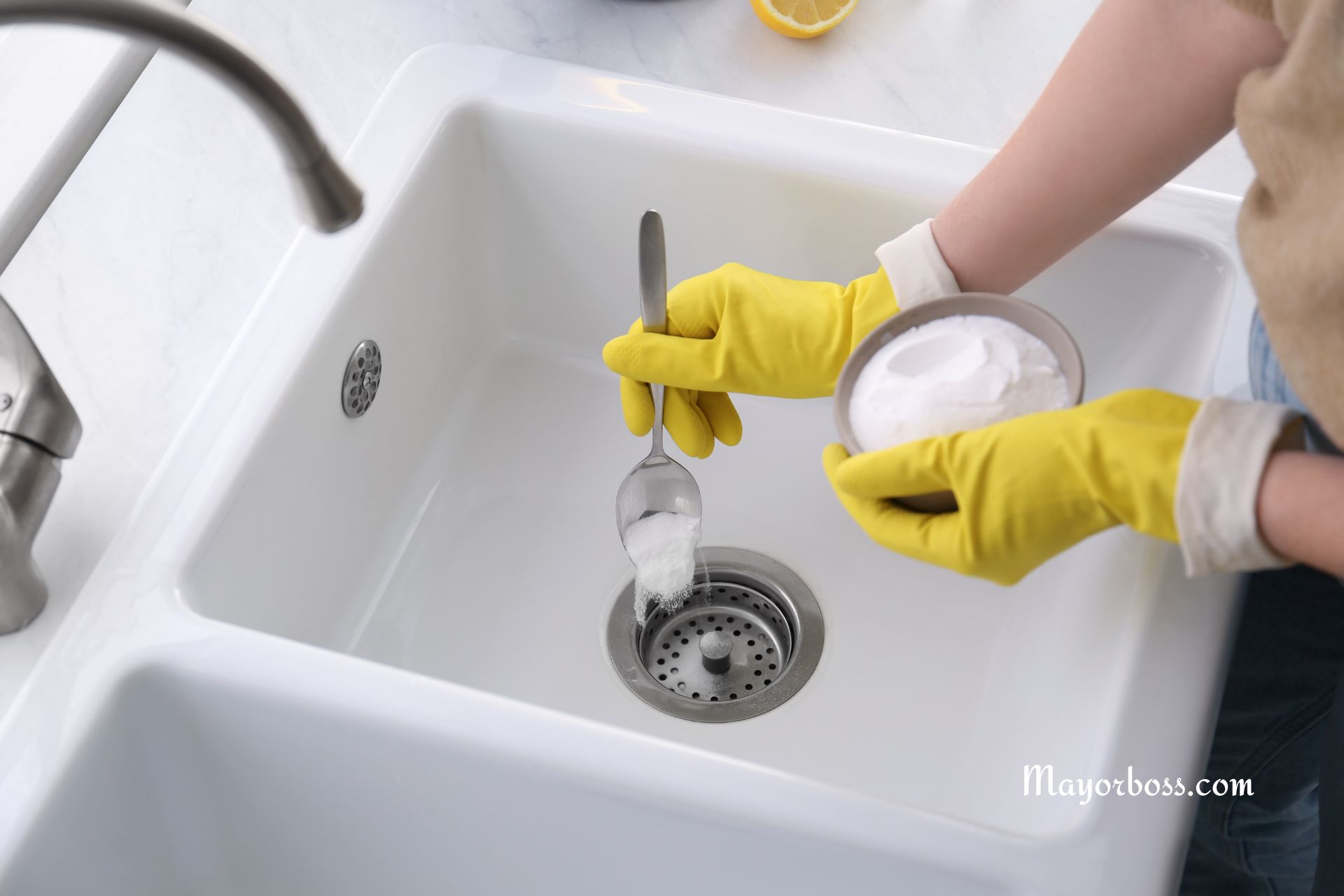How To Flush Out Sodium From Your Body
An integral part of our daily diet, sodium, commonly found in salt, plays a vital role in our body’s various functions. It aids in nerve and muscle function and is essential for maintaining fluid balance. However, too much sodium can lead to health issues like high blood pressure and heart disease.
The good news is that you can take steps to flush excess sodium out of your body. Here’s a guide to help you navigate this journey.

Why You Might Need to Flush Out Sodium
Before we dive into the how-to, let’s first understand why you might need to flush out sodium from your body. Sodium is essential for our body’s functions, but the typical modern diet often contains far more than what we need. Processed foods, restaurant meals, and even some natural foods can be high in sodium, leading to excessive intake.
Excess sodium intake can lead to:
- High blood pressure
- Heart disease
- Stroke
- Kidney disease
Dr. Mayor Boss, Ph.D. in Pharmaceutical Sciences, suggests, “If you’re experiencing symptoms like constant thirst, frequent urination, or swelling in your hands, feet, and face, you may have excessive sodium in your body.”
So, if you’ve been consuming a high-sodium diet, it might be time to consider ways to flush out the excess sodium.
How to Flush Out Sodium From Your Body
Stay Hydrated
Water is your best friend when it comes to flushing out sodium. Increased water intake aids your kidneys in eliminating excess sodium through urine. “When trying to flush out sodium, aim to drink at least eight glasses of water a day,” advises Dr. Boss.
Increase Your Intake of Potassium-Rich Foods
Potassium works in opposition to sodium and helps to counterbalance its harmful effects by helping your body get rid of excess sodium. Foods rich in potassium include:
- Bananas
- Oranges
- Sweet potatoes
- Spinach
- Avocados
Eat a Balanced Diet
A balanced diet rich particularly in fruits, vegetables, whole grains, and lean proteins can naturally help reduce your sodium intake. These foods are naturally low in sodium and high in other essential nutrients.
Cut Down on Processed and Packaged Foods
Processed and packaged foods often have high levels of hidden sodium. These include foods like:
- Canned soups
- Frozen dinners
- Processed meats like bacon, sausage, and deli meats
- Cheese
- Snacks like chips and pretzels
Avoiding or minimizing these foods can significantly reduce your sodium intake.
Cook at Home More Often
Preparing your meals at home gives you control over the amount of salt you use. Moreover, you can experiment with herbs, spices, and other seasonings to flavor your food without adding extra sodium.
Read Food Labels
When shopping, make sure to read food labels. Look for foods labeled ‘low sodium,’ ‘sodium-free,’ or ‘no salt added.’
Limit Eating Out
Restaurant food often contains more sodium than homemade meals. If you do eat out, don’t hesitate to ask for your meal to be prepared with less or no salt.
Your Long-Term Strategy to Manage Sodium Intake
While these steps can help flush out sodium, it’s essential to incorporate them into your long-term lifestyle. The key to maintaining a healthy sodium balance is not just about a one-time flush; it’s about managing your intake consistently. Remember, the recommended daily intake of sodium for adults is no more than 2,300 mg, which is about one teaspoon of salt.
Further Reading: How to Lower Your Salt Intake
When To See a Doctor
If you have been experiencing symptoms of high sodium levels and these steps do not alleviate them, it is essential to seek medical advice. It could be a sign of a more serious underlying health condition. Your doctor can provide an accurate diagnosis and suggest appropriate treatment.
Frequently Asked Questions
In addition to water, you can also drink green tea, herbal tea, or cranberry juice. These fluids help promote diuresis, which is the increased production of urine. This helps flush out sodium and other toxins from your body.
Frequent urination, persistent thirst, high blood pressure, and swollen hands and feet are all signs that you may be overeating sodium.
Yes, there are certain foods you should avoid if you’re trying to flush out sodium from your body. These include processed foods such as lunch meats and canned soups, as well as fast food and salty snacks such as chips and pretzels. Instead, focus on eating fresh fruits, vegetables, and whole grains.
It may take 2 to 3 days for your body to eliminate the excess salt.
Further Reading: How Do You Know If You’re Eating Too Much Salt?






